

Articles
Why Doesnt Europe Have AC
Modified: January 5, 2024
Discover why Europe doesn't have widespread AC with our insightful articles. Explore the reasons behind this cultural difference and its impacts.
(Many of the links in this article redirect to a specific reviewed product. Your purchase of these products through affiliate links helps to generate commission for Storables.com, at no extra cost. Learn more)
Introduction
When it comes to air conditioning, Europe seems to be a bit behind compared to other parts of the world. While you can find air conditioning systems commonly installed in buildings and homes in countries like the United States, Asia, and the Middle East, it’s not as widespread in Europe. This raises the question: why doesn’t Europe have AC?
The answer to this question is multi-faceted and revolves around a combination of historical factors, climate and weather patterns, building design and infrastructure, cultural attitudes towards air conditioning, environmental concerns, energy consumption and cost considerations, government policies and regulations, and even geographic variations within Europe itself.
Understanding the reasons behind the relatively low adoption of air conditioning in Europe requires a deeper dive into each of these factors.
Key Takeaways:
- Europe’s limited use of air conditioning stems from historical, cultural, and environmental factors, as well as geographic variations. The region embraces natural cooling methods and innovative alternatives while prioritizing energy efficiency and sustainability.
- Despite the lower prevalence of air conditioning, Europe has embraced alternative cooling solutions such as natural ventilation, night purging, misting systems, heat pumps, passive cooling design, and green infrastructure. The region’s approach prioritizes comfort, energy efficiency, and environmental responsibility.
Read more: Why Doesnt My AC Work In My Car
Historical Factors
To understand why air conditioning is not as prevalent in Europe, it is important to consider the historical context. Unlike regions such as the United States, where the development of air conditioning technology coincided with rapid industrialization and urbanization in the early 20th century, Europe experienced different historical circumstances.
Europe’s history is characterized by centuries-old architectural traditions and building designs that were developed long before the advent of air conditioning. Many European cities have historic buildings with thick stone walls, high ceilings, and large windows, which were constructed to adapt to the local climate without the need for mechanical cooling systems.
Additionally, air conditioning technology was not as readily available or widely adopted in Europe during the early stages of its development. The focus was more on heating systems to combat cold winters rather than cooling systems for hot summers.
These historical factors, combined with the relative abundance of natural ventilation options available in European buildings, contributed to a lesser need for air conditioning and slower adoption of the technology.
Furthermore, Europe’s experience with oppressive political regimes and the two world wars in the 20th century had a significant impact on the development and implementation of infrastructure and technologies. The focus was more on rebuilding and recovery rather than investing in air conditioning systems.
As a result, Europe’s historical factors have played a role in shaping the region’s approach to cooling solutions and have contributed to the lower prevalence of air conditioning compared to other parts of the world.
Climate and Weather Patterns
The climate and weather patterns across Europe play a significant role in the limited use of air conditioning. Unlike some regions with extreme heat and humidity year-round, Europe experiences a more moderate climate with seasonal variations.
In many European countries, the summers are relatively short and mild, with temperatures typically ranging from the mid-20s to low 30s degrees Celsius (mid-70s to mid-80s degrees Fahrenheit). While there are occasional heatwaves, these periods of intense heat are relatively short-lived.
The moderate climate in Europe allows for natural cooling methods to be effective. Many European buildings are designed with features such as cross-ventilation, shading devices, and operable windows that allow for the circulation of fresh air and cooling breezes.
In addition, Europe experiences cooler temperatures, especially in northern regions, making air conditioning less necessary for a significant portion of the year. This further reduces the demand and reliance on mechanical cooling systems.
While there are exceptions, such as Mediterranean countries with hotter climates, these regions have historically developed architectural designs and building practices that utilize natural cooling methods, such as thick walls, courtyards, and narrow streets, to mitigate the need for air conditioning.
Overall, the relatively moderate climate and weather patterns in Europe have contributed to the reduced need for widespread air conditioning systems.
Building Design and Infrastructure
The design of buildings and the existing infrastructure in Europe also play a significant role in the limited use of air conditioning. European architecture has a long history of prioritizing energy efficiency and natural cooling methods.
Many traditional European buildings are constructed with thick walls and high ceilings, which help to insulate the indoor spaces and regulate temperatures. These design features allow for the retention of coolness during hot summer days and minimize the need for air conditioning.
Furthermore, European buildings often incorporate architectural elements such as shutters, awnings, and overhangs to provide shade and reduce heat gain from direct sunlight. These features help to create a more comfortable indoor environment without relying on mechanical cooling.
Additionally, the infrastructure in Europe, particularly in older cities and towns, may not be well-suited for widespread air conditioning installations. Retrofitting existing buildings with air conditioning systems can be challenging and costly, especially in historical buildings where preserving the architectural integrity is a priority.
The lack of space and accessibility issues in densely populated city centers also pose challenges for the installation of central cooling systems. As a result, many European buildings, particularly older ones, rely on natural ventilation and traditional cooling methods.
However, it is important to note that newer buildings and modern constructions in Europe are starting to incorporate air conditioning systems. As urban areas continue to develop, there is a growing trend towards more energy-efficient buildings with advanced cooling technologies. Nevertheless, the prevalence of traditional building design and infrastructure remains a significant factor in the limited use of air conditioning in Europe.
Cultural Attitudes towards Air Conditioning
Cultural attitudes towards air conditioning also contribute to its limited use in Europe. Unlike some regions where air conditioning is seen as a necessity or a sign of modernity, the cultural perception of comfort and cooling in Europe differs.
In many European countries, there is a cultural emphasis on embracing the natural environment and adapting to seasonal changes. Europeans have a long history of utilizing natural ventilation methods, such as opening windows and utilizing outdoor spaces during the warmer months, rather than relying on air conditioning.
Additionally, Europeans tend to have a different tolerance for heat compared to individuals from hotter climates. What may be perceived as uncomfortably warm by some, could be considered as a typical summer temperature by Europeans.
Moreover, there is often a preference for maintaining a connection to the outdoors and the surrounding environment. This can be seen in the design of homes with large windows, balconies, and outdoor spaces, allowing residents to enjoy fresh air and natural breezes.
Furthermore, Europeans prioritize energy efficiency and sustainability, which aligns with the cultural value of environmental consciousness. Air conditioning systems are known for their high energy consumption and greenhouse gas emissions, which is a concern for many Europeans who strive for more sustainable living practices.
Overall, the cultural attitudes towards comfort, the environment, and energy consumption shape the approach to cooling in Europe and contribute to the limited use of air conditioning.
Read more: Why Soap Dispenser Doesnt Work
Environmental Concerns
Environmental concerns are another significant factor in the limited use of air conditioning in Europe. Europeans have a strong commitment and awareness when it comes to environmental sustainability and reducing carbon emissions.
Air conditioning systems, especially older ones, have been associated with high energy consumption and greenhouse gas emissions. The refrigerants used in traditional air conditioning units, such as hydrofluorocarbons (HFCs), contribute to the depletion of the ozone layer and have a high global warming potential.
Given Europe’s commitment to combat climate change and reduce carbon footprints, there has been a push towards more environmentally friendly cooling alternatives. This includes the development and promotion of energy-efficient technologies, such as heat pumps and advanced ventilation systems.
Moreover, European building regulations and energy performance standards often prioritize energy efficiency and encourage the use of natural ventilation and passive cooling methods. This aligns with the goal of reducing reliance on air conditioning and minimizing the environmental impact of cooling systems.
Furthermore, there is a growing awareness and concern about the overall environmental impact of air conditioning, including the extraction and production of materials, as well as the disposal of old units. Europeans are increasingly seeking sustainable alternatives and exploring innovative cooling solutions that have a lower environmental impact.
While air conditioning is not entirely absent in Europe, the environmental concerns and the focus on sustainable living have influenced the adoption and usage patterns of cooling systems. Europeans continue to prioritize energy-efficient and eco-friendly alternatives to maintain comfort while minimizing their carbon footprint.
Consider the historical and architectural differences between Europe and other regions. Many European buildings were constructed before the widespread use of air conditioning, making it more challenging to retrofit them with modern cooling systems.
Energy Consumption and Cost Considerations
Energy consumption and cost considerations are important factors that contribute to the limited use of air conditioning in Europe. Compared to other parts of the world, energy prices in Europe tend to be higher, making the operation and maintenance of air conditioning systems more expensive.
Air conditioning units consume a significant amount of electricity to cool indoor spaces, especially during hot summer months. The high energy demand and the extended use of air conditioning can lead to increased utility bills, which may deter some Europeans from relying heavily on these systems.
Additionally, many European countries have implemented tiered pricing systems or time-of-use tariffs, where higher electricity rates are charged during peak demand periods. This further incentivizes the limited use of air conditioning or encourages people to use it during off-peak hours when electricity is cheaper.
Moreover, Europeans have a tradition of energy-conscious living, emphasizing the importance of energy efficiency and reducing energy waste. This mindset extends to cooling as well, with a preference for utilizing natural ventilation methods, such as opening windows or using shading devices, to cool indoor spaces before considering the use of air conditioning.
It is worth noting that advancements in technology have allowed for more energy-efficient air conditioning systems to enter the market. These systems are designed to minimize energy consumption and reduce costs, making them more appealing to those who are concerned about energy efficiency and operating expenses.
However, the overall consideration of energy consumption and cost remains a significant factor in the limited use of air conditioning in Europe, as individuals and businesses weigh the financial implications of using these systems against alternative cooling methods.
Government Policies and Regulations
Government policies and regulations play a crucial role in shaping the adoption and use of air conditioning in Europe. Different countries in Europe have implemented various measures to address energy efficiency, sustainability, and greenhouse gas emissions.
One key policy is the implementation of building codes and regulations that promote energy efficiency and sustainable practices. These codes often include requirements for insulation, ventilation, and heating systems, while also setting standards for cooling systems, including air conditioning.
European governments also encourage the use of natural ventilation and passive cooling techniques as a means of reducing reliance on air conditioning. Regulations may stipulate minimum ventilation requirements, control the amount of glazing in buildings, or promote the use of shading devices to mitigate heat gain.
In addition, some countries have introduced energy performance certificates for buildings, which rate their energy efficiency. These certificates provide incentives for property owners to invest in energy-efficient buildings and cooling systems.
Furthermore, there are regulations and phase-outs in place for refrigerants that are harmful to the ozone layer and have high global warming potential, such as hydrofluorocarbons (HFCs). This encourages the use of alternative refrigerants with lower environmental impact in cooling systems, including air conditioning.
Government-led initiatives and campaigns also aim to raise awareness about energy consumption and environmental impact, encouraging individuals and businesses to adopt sustainable cooling practices. This includes promoting temperature setpoints, encouraging the use of smart thermostats, and providing information on energy-efficient cooling options.
The presence of these policies and regulations influences the availability and market demand for air conditioning systems in Europe. These measures align with the overall commitment to sustainability and energy efficiency, which impact the adoption and usage patterns of air conditioning in the region.
Geographic Variations within Europe
Geographic variations within Europe play a significant role in the prevalence and use of air conditioning across the region. Europe encompasses a wide range of climates, from Mediterranean countries with hot summers to Northern European countries with cooler temperatures.
In Mediterranean countries such as Spain, Italy, and Greece, where summers can be hot and humid, air conditioning is more commonly found in homes, offices, and public spaces. The need for cooling is higher in these regions due to the intensity and duration of summer heatwaves.
On the other hand, Northern European countries, such as Germany, Sweden, and Finland, experience milder summers. These countries often have shorter periods of high temperatures, which makes air conditioning less of a necessity.
Furthermore, countries with coastal or mountainous regions tend to benefit from natural cooling effects. Coastal areas benefit from sea breezes, while mountainous regions experience cooler temperatures due to altitude and higher elevation.
These geographic variations influence the design and construction of buildings, as well as the prevalent cooling practices in each region. Southern European countries, for example, have adapted their architectural designs to incorporate shading devices and courtyards to maximize natural ventilation and provide relief from the heat.
Additionally, the geographic differences impact the availability and accessibility of natural resources. For instance, countries with abundant freshwater sources or access to natural water bodies may rely on evaporative cooling methods, where water is used to cool the air, instead of air conditioning systems.
Considering the diverse climate and geography within Europe, the usage and adoption of air conditioning vary depending on the specific needs and conditions of each region. The prevalence of air conditioning is higher in areas with hotter climates, while natural cooling methods are more common in regions with milder temperatures.
Read more: Why Doesnt Grass Grow Under Trees
Alternative Cooling Solutions
Given the limited use of air conditioning in Europe, alternative cooling solutions have become popular and widely embraced. These solutions aim to provide comfort and reduce the dependency on energy-intensive cooling systems. Here are some of the common alternative cooling methods used in Europe:
- Natural Ventilation: Natural ventilation is a widely practiced method in Europe to cool indoor spaces. It involves strategically opening windows, doors, and vents to allow for cross-ventilation and the flow of fresh air. This method takes advantage of breezes and natural air movements to cool down buildings.
- Night Purging: Night purging involves cooling the indoor space during the cooler nighttime temperatures by flushing out the warm air accumulated during the day. This can be achieved by opening windows and using fans to facilitate air circulation.
- Misting Systems: Misting systems utilize fine water sprays to lower the ambient temperature by evaporative cooling. By spraying a fine mist of water into the air, the water absorbs heat and evaporates, resulting in a cooling effect. Misting systems are popular in outdoor areas such as terraces, restaurants, and gardens.
- Heat Pumps: Heat pumps are a more energy-efficient alternative to traditional air conditioning systems. They work by transferring heat from the indoor space to the outside, providing both cooling and heating capabilities. Heat pumps extract heat from the air, ground, or water sources and distribute it indoors or outdoors depending on the desired temperature.
- Passive Cooling Design: Passive cooling design principles are increasingly being incorporated in building architecture in Europe. This includes features such as natural shading devices, thermal mass construction, insulation, and efficient ventilation systems. These design strategies aim to minimize heat gain and maintain comfortable indoor temperatures without the need for mechanical cooling.
- Green Roofs and Living Walls: Green roofs and living walls are becoming popular in urban areas as a means to naturally cool buildings. The vegetated surfaces of green roofs and living walls absorb heat and provide natural insulation, reducing the need for mechanical cooling.
These alternative cooling solutions cater to different climatic conditions, building types, and energy efficiency goals. They offer sustainable and cost-effective ways to achieve comfort without relying solely on air conditioning.
As technology and design advancements continue to evolve, the development of new and innovative cooling solutions is also on the rise. From solar-powered air conditioning systems to smart thermostats and advanced ventilation technologies, Europe is constantly exploring and implementing alternative cooling methods to meet the needs of its diverse climate and environmental goals.
Conclusion
The limited prevalence of air conditioning in Europe can be attributed to a combination of historical factors, climate and weather patterns, building design and infrastructure, cultural attitudes, environmental concerns, energy consumption and cost considerations, government policies, and geographic variations.
Europe’s architectural heritage, which prioritizes natural cooling methods, combined with the moderate climate and shorter summers in many regions, has contributed to the reduced need for air conditioning. Cultural attitudes towards comfort, connection with nature, and sustainability also shape the approach to cooling in Europe, with a preference for natural ventilation and passive cooling methods.
Environmental concerns and the focus on energy efficiency and sustainability have led to the development of stringent regulations, which promote energy-efficient building design and discourage the use of energy-intensive cooling systems. Higher energy costs and the emphasis on reducing carbon emissions also factor into the limited use of air conditioning.
Geographic variations within Europe play a role, with hotter climates in Mediterranean countries driving the adoption of air conditioning, while milder climates and natural cooling effects in other regions make alternative cooling solutions more viable.
Despite the limited prevalence of air conditioning, Europe is embracing alternative cooling solutions such as natural ventilation, night purging, misting systems, heat pumps, passive cooling design, and green infrastructure. These solutions provide comfort with lower energy consumption and a reduced environmental impact.
The future of cooling in Europe will likely continue to focus on energy efficiency, sustainability, and innovative technologies. As the region faces the challenges of climate change and the need to transition to a low-carbon future, the approach to cooling will evolve, promoting a balance between comfort and environmental responsibility.
While air conditioning may not be as widespread in Europe as in other parts of the world, the region’s unique blend of historical, climatic, cultural, and regulatory factors has shaped a cooling approach that embraces efficiency, sustainability, and a connection to the natural environment.
Frequently Asked Questions about Why Doesnt Europe Have AC
Was this page helpful?
At Storables.com, we guarantee accurate and reliable information. Our content, validated by Expert Board Contributors, is crafted following stringent Editorial Policies. We're committed to providing you with well-researched, expert-backed insights for all your informational needs.

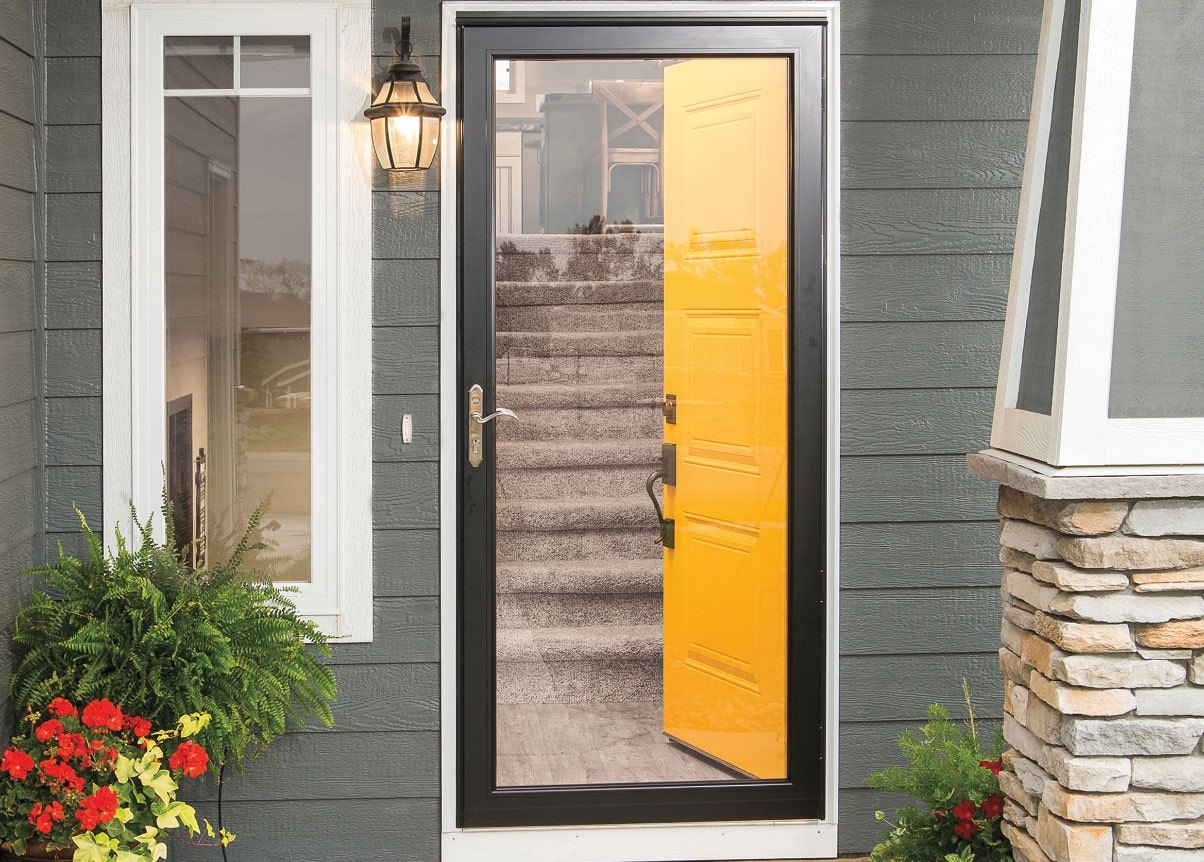
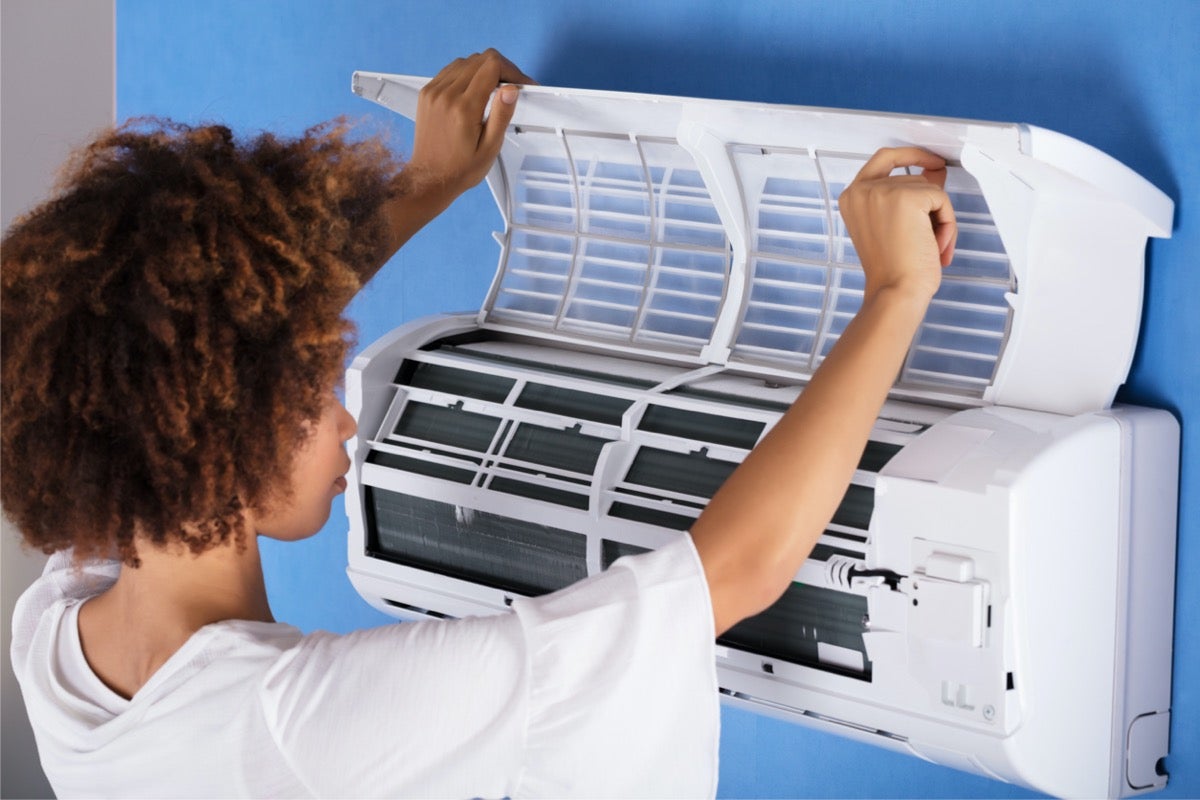
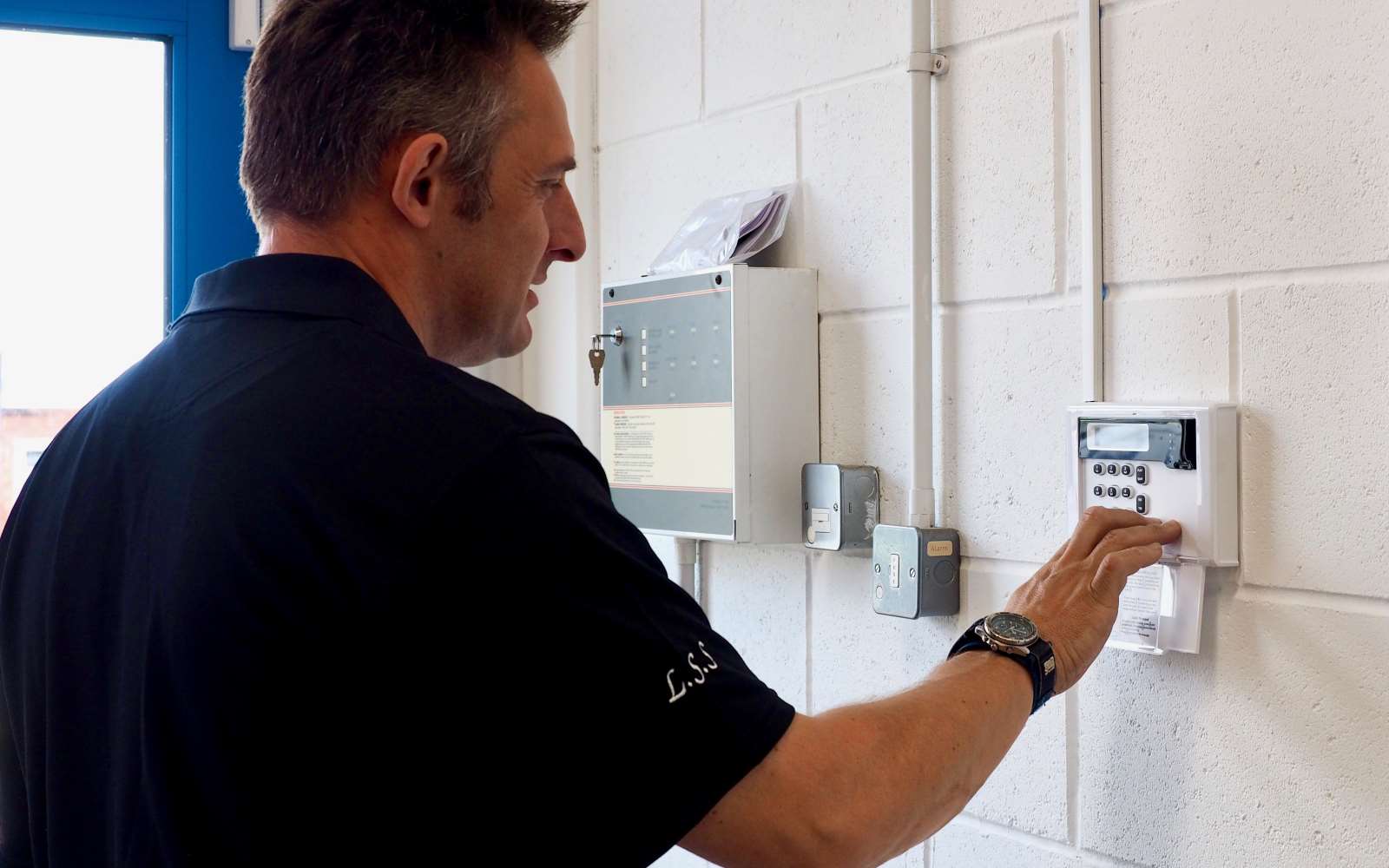



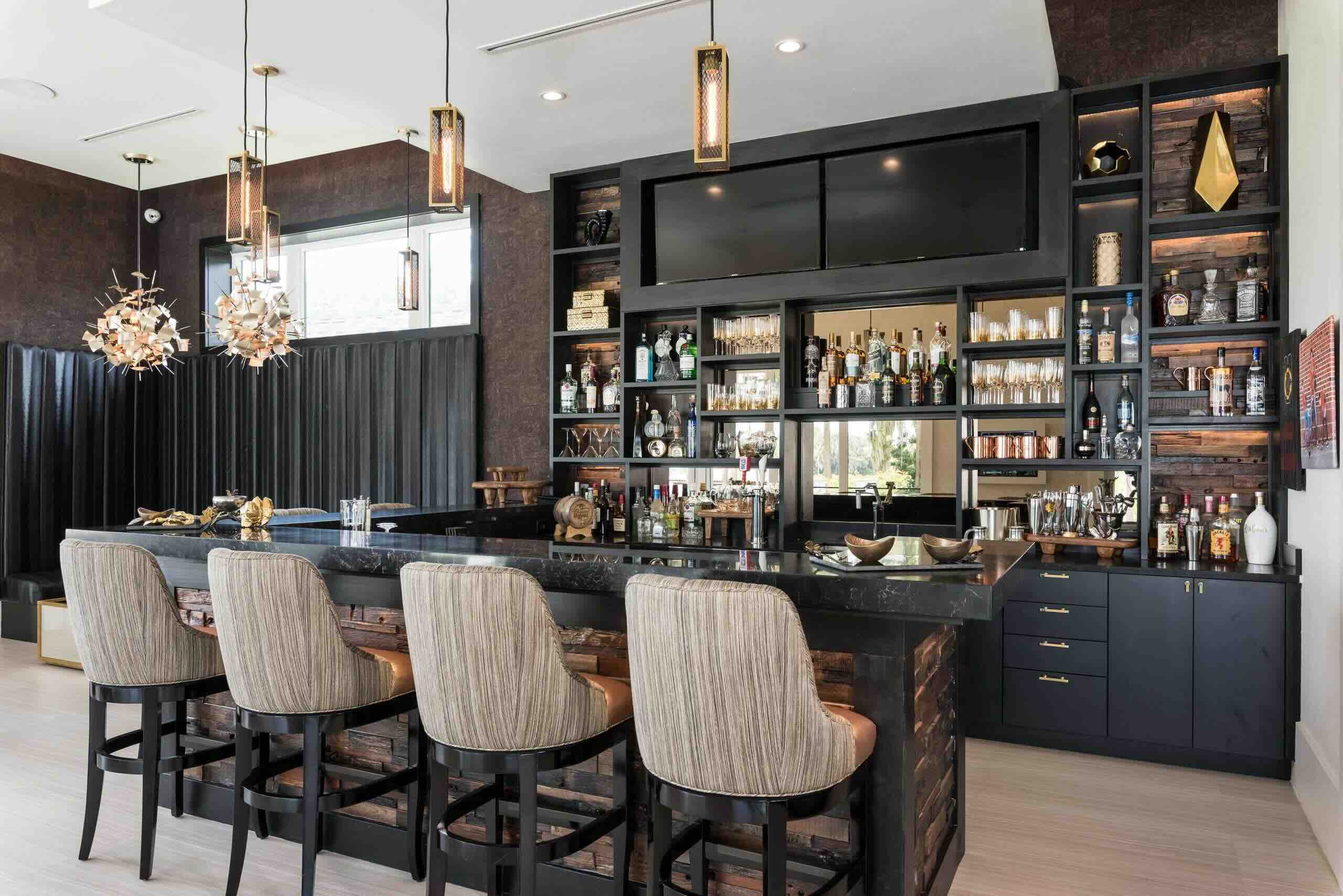
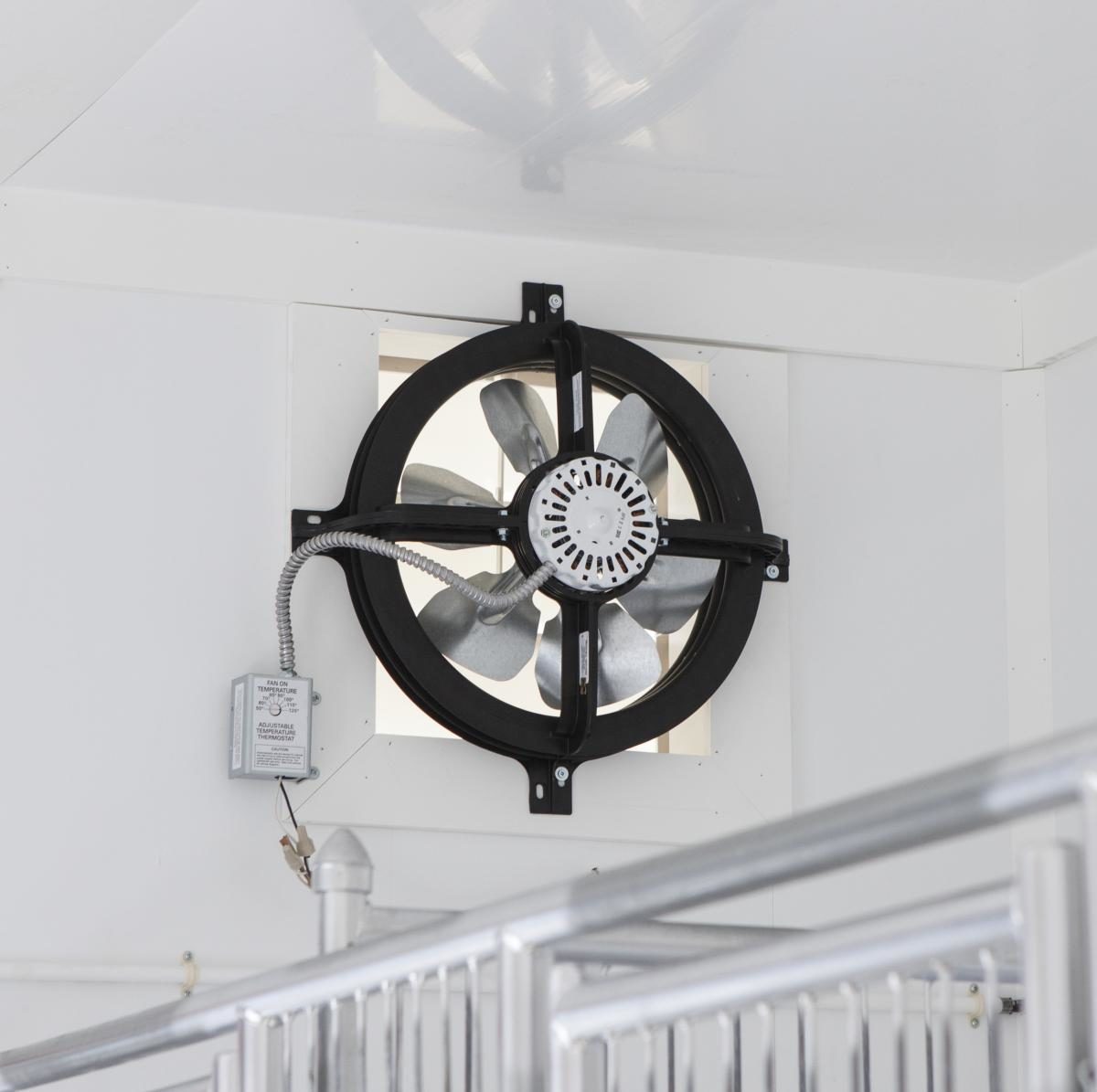
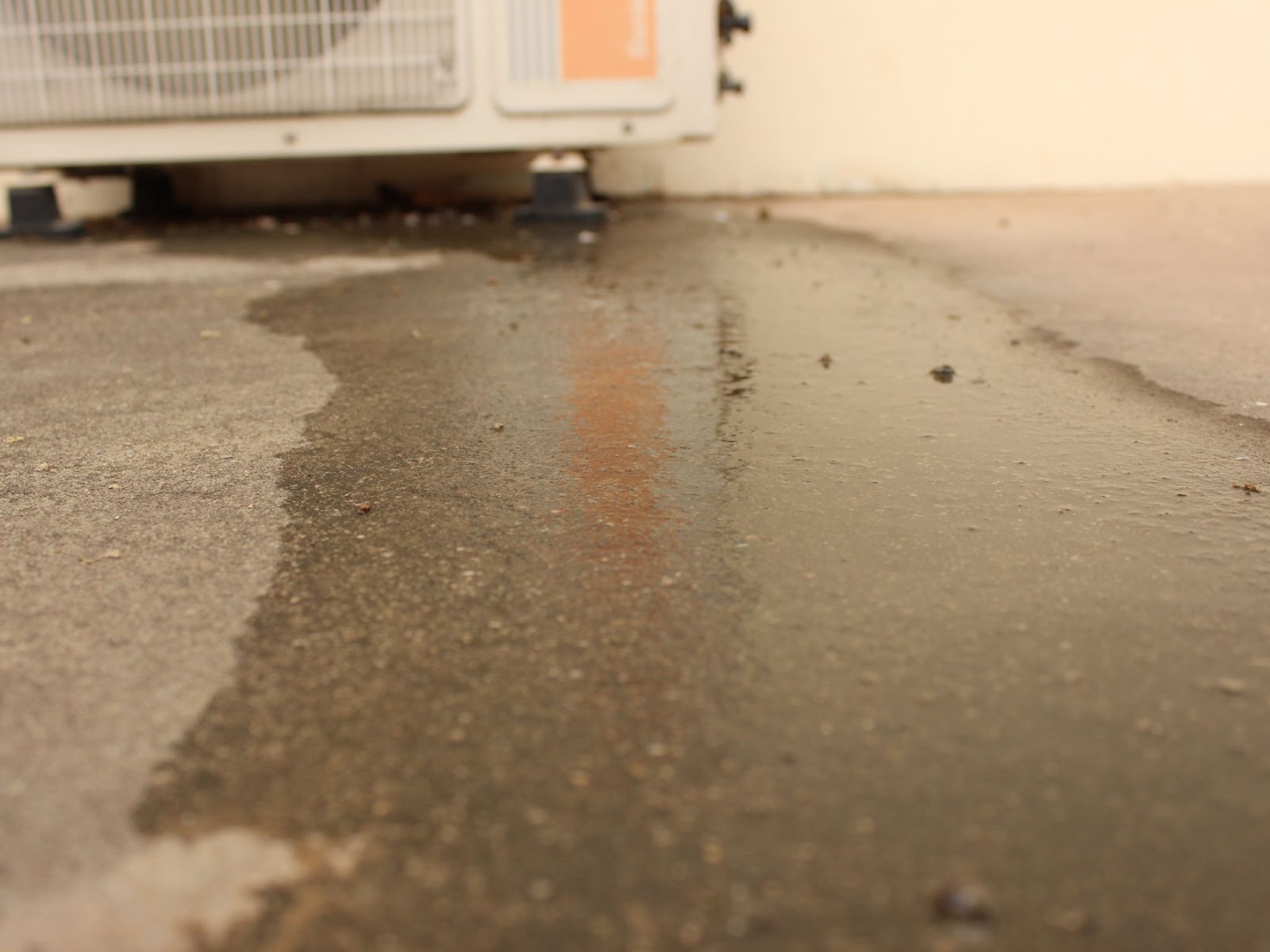


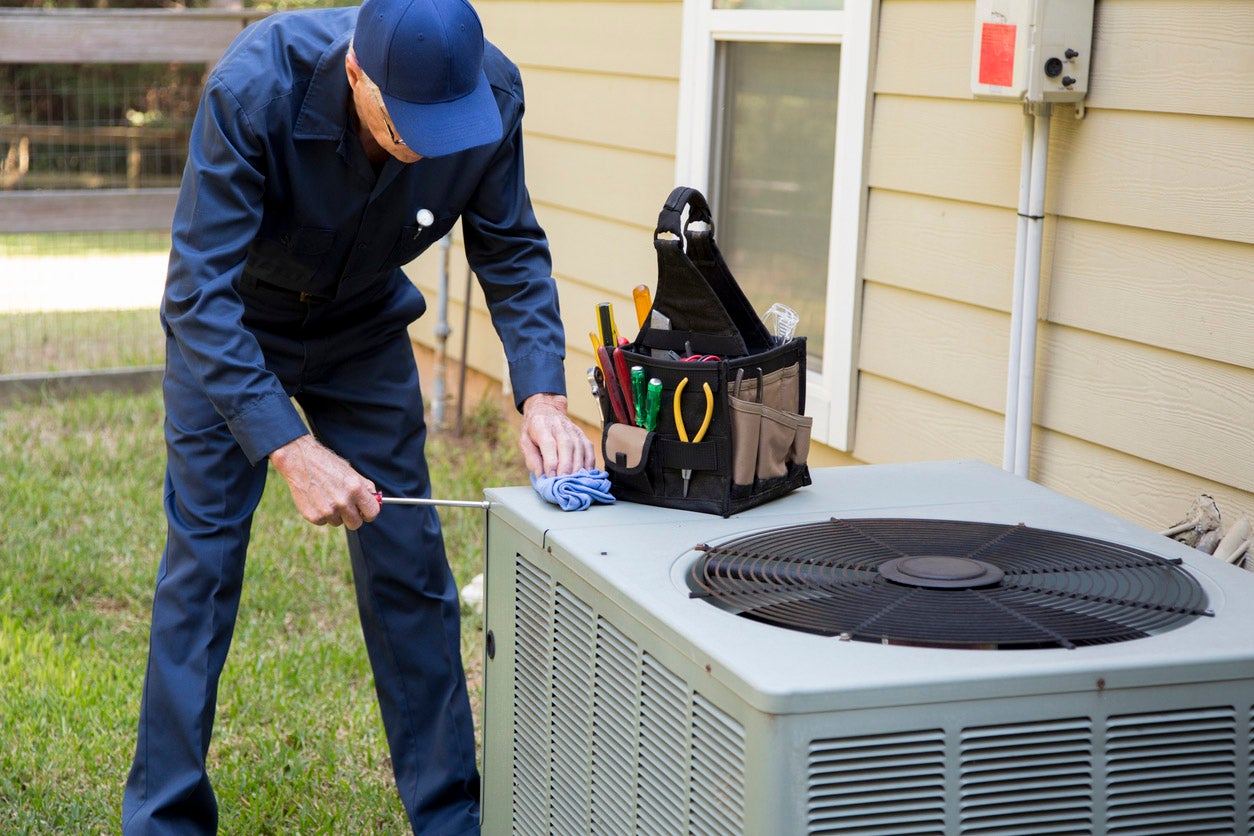

0 thoughts on “Why Doesnt Europe Have AC”